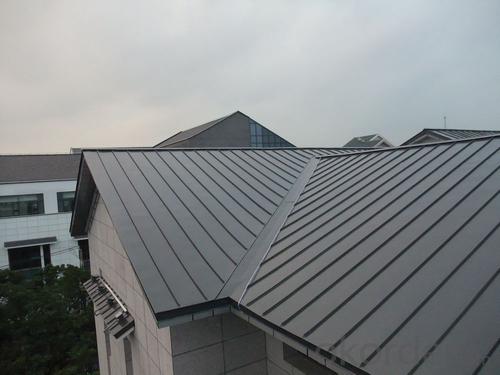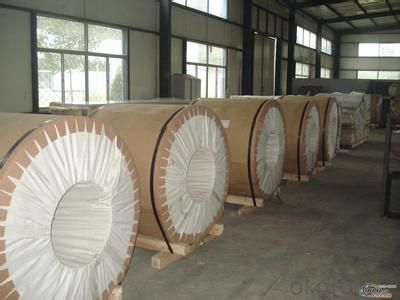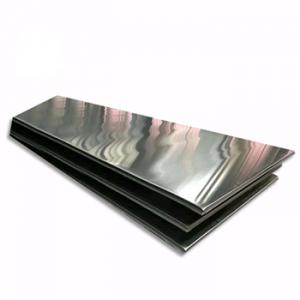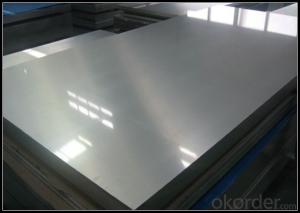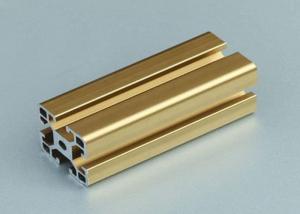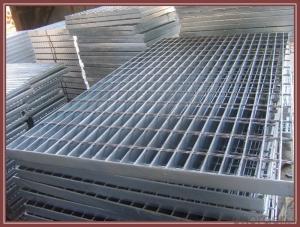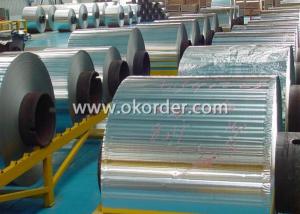6063 Aluminum Sheets for Ceilings of High Buildings
- Loading Port:
- Shanghai
- Payment Terms:
- TT OR LC
- Min Order Qty:
- 5 m.t.
- Supply Capability:
- 100000 m.t./month
OKorder Service Pledge
OKorder Financial Service
You Might Also Like
Specification
1.Structure of Aluminum Sheet for Ceillings :
Aluminum Sheet is designed for many field such as electronics, instruments, lighting decoration, packing industry, and house decoration, curtain wall, honeycomb-core panel, sandwich panel, aluminum composite panel, aluminum composite pipe etc.. Aluminum Sheet for Ceillings is hard and everlasting under the blazing sun. You can choose the alloys as your habitation and we will do our best to meet your requests.
2.Main Features of the Aluminum Sheet for Ceillings :
• Smooth surface
• High manufacturing accuracy
• High strength of extension and yield
• Well packaged
• No marks, no scratch, no excessive oil
3. Aluminum Sheet for Ceillings
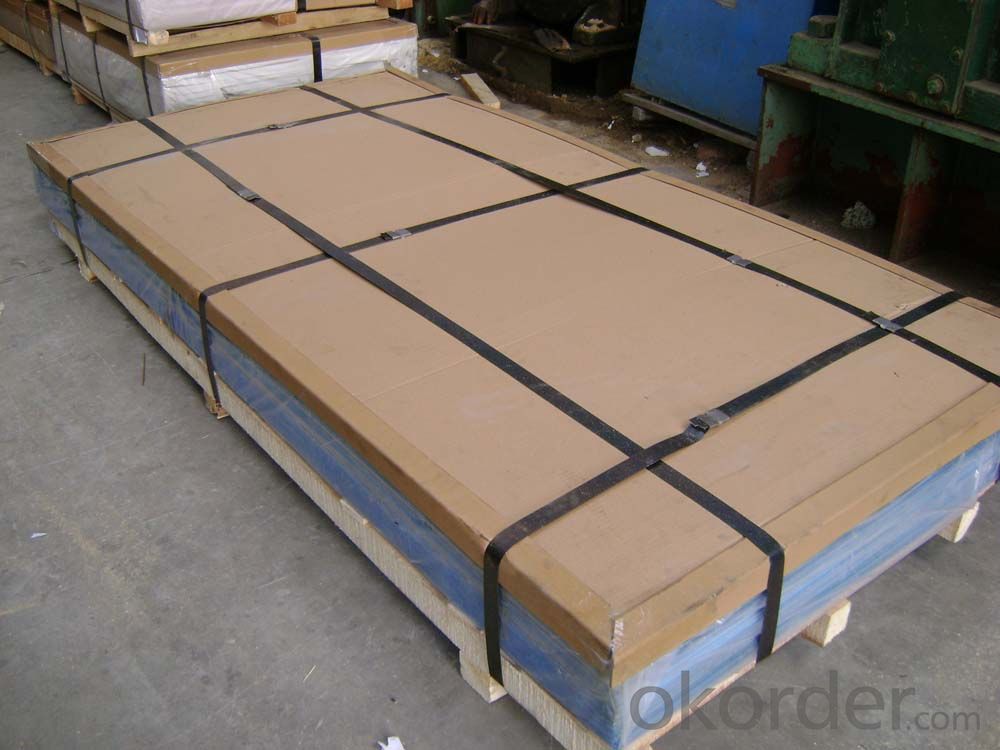
Alloy: | AA1050, 1060, 1070, 1100, 3003, 3004, 3005, 3105, 5052, 5083, 5754, 8011, 8006 |
Temper: | H14, H16, H18, H22, H24, H26, H32, O/F |
Thickness: | 0.2-100mm |
Width: | 30mm-1700mm |
4. Production of Aluminum Sheet for Ceillings
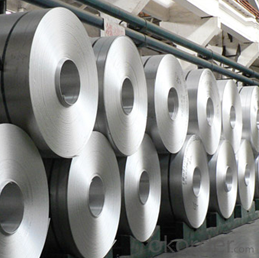
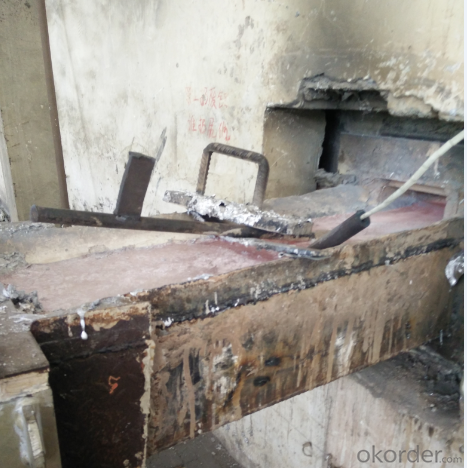
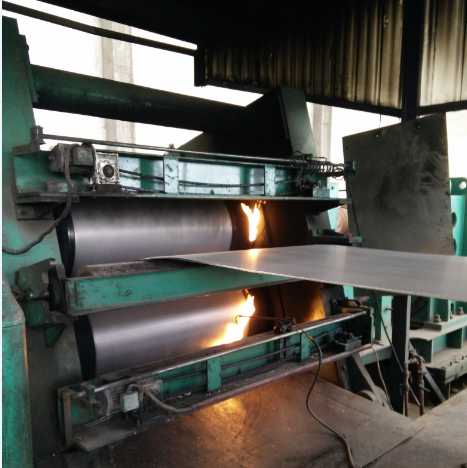
5.FAQ
We have organized several common questions for our clients,may help you sincerely:
① How about your company?
A world class manufacturer & supplier of aluminum coil and alloy blanks. Aluminum production base is comprised of 18 aluminum annealers, 10 coil and foil mills, 4 continuous production lines, 2 hot rolling production line and 3 prepainted lines.
Export 5000 tons per month to Asia, America and Middle East. Always do the best for our clients.
②Can you guarantee the quality of the products?
We are responsible for the quality of materials to get a long-term cooperation with clients in a reasonable period of time and we are glad to arrange and coordinate any third party inspection for you.
③What is the delivery time after purchase?
35 day after receiving client’s deposit or correct LC
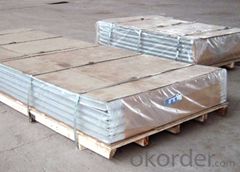
- Q: What are the advantages of using aluminum sheets compared to other materials?
- There are several advantages of using aluminum sheets compared to other materials. Firstly, aluminum sheets are lightweight, which makes them easy to transport and handle. This characteristic also makes them ideal for applications where weight reduction is crucial, such as in aerospace, automotive, and marine industries. Secondly, aluminum sheets have excellent corrosion resistance. They naturally form a protective oxide layer on their surface, which prevents further oxidation and corrosion. This property makes them suitable for outdoor applications, as they can withstand various weather conditions without deteriorating. Thirdly, aluminum sheets have high thermal conductivity. This means they can efficiently transfer heat, making them ideal for heat exchangers and other applications that require efficient heat dissipation. Moreover, aluminum sheets have excellent formability. They can be easily fabricated into different shapes and sizes, making them versatile for various industries. This formability also allows for complex designs and intricate details to be achieved. Furthermore, aluminum sheets have good electrical conductivity. This makes them suitable for electrical applications, such as wiring and electrical conductors. Another advantage of aluminum sheets is their recyclability. Aluminum is one of the most sustainable metals, as it can be recycled repeatedly without losing its quality or properties. This makes aluminum sheets an environmentally friendly choice. Lastly, aluminum sheets are cost-effective. Compared to other materials, aluminum is relatively affordable, making it a popular choice for many industries. In conclusion, the advantages of using aluminum sheets include their lightweight nature, excellent corrosion resistance, high thermal conductivity, good formability, electrical conductivity, recyclability, and cost-effectiveness. These properties make aluminum sheets a versatile and sustainable material for a wide range of applications.
- Q: How much is the price of the 6061 aluminum plate?
- Therefore, according to your specifications, quantity and use in what place (that is, quality requirements) in order to quote.Or give you a reference priceMore than 8MM thickness of the domestic low-end (that is, the surface black, flatness is not how kind of) price of 20 yuan /KG or soMade in China at the end of the price of 25-30 yuan /KG, domestic high-end 30 yuan /KG or more.Imports are usually 40-80/KGThe thickness below 8MM is quoted according to the actual thickness
- Q: What is the modulus of elasticity for aluminum sheets?
- The modulus of elasticity for aluminum sheets typically ranges between 69 GPa and 73 GPa.
- Q: What are the dimensions of 101 aluminum sheets?
- The specific requirements or specifications can cause variations in the dimensions of 101 aluminum sheets. Typically, aluminum sheets are available in standard sizes and thicknesses, such as 4 feet by 8 feet or 3 feet by 10 feet, with thicknesses ranging from 0.02 inches to 0.25 inches. It is worth noting that individual needs and preferences can also result in obtaining custom sizes and thicknesses.
- Q: Can aluminum sheets be easily formed into different shapes?
- Yes, aluminum sheets can be easily formed into different shapes. Aluminum is a highly malleable metal, which means it can be easily bent, stretched, and molded without cracking or breaking. Its ability to be formed into different shapes makes it a popular choice in various industries, including automotive, aerospace, construction, and manufacturing. Aluminum sheets can be formed using various techniques such as bending, rolling, stamping, and deep drawing, allowing them to be transformed into complex and intricate designs. Additionally, aluminum's lightweight nature makes it even easier to work with, as it requires less force and energy during the forming process. Overall, aluminum sheets offer great versatility and flexibility, making them ideal for creating different shapes and structures.
- Q: Can aluminum sheets be reused or recycled after their initial use?
- <p>Yes, aluminum sheets can be recycled again after use. Aluminum is one of the most recycled materials globally due to its low cost of recycling and its ability to retain its properties even after multiple recycling processes. Recycling aluminum saves energy compared to producing new aluminum from raw materials, and it helps reduce waste in landfills.</p>
- Q: 1100 scope of application of aluminum plate
- 1100 aluminum plate is generally used in utensils, heat sink, caps, printing plates, building materials, heat exchanger components, but also can be used as deep stamping products. It is widely used in various fields ranging from cooking utensils to industrial equipment
- Q: Aluminum plate thickness 3 mm, what is the allowable error in the national standard thickness?
- Length: + 1mmWidth: + 0.5mmThickness: + 0.02mm, that is, 2 filaments
- Q: How do aluminum sheets perform in terms of fatigue resistance?
- Aluminum sheets are known for their excellent fatigue resistance. This means they are capable of withstanding repeated cycles of stress and strain without experiencing significant deterioration in their mechanical properties. Fatigue resistance in aluminum sheets is primarily attributed to their microstructure, which consists of small and uniformly distributed grains. This microstructure helps in distributing the applied stress more evenly throughout the material, preventing the formation and propagation of cracks. Additionally, aluminum sheets can be further enhanced for fatigue resistance through various processing techniques such as heat treatment, alloying, and surface treatments. These techniques can refine the microstructure, increase the strength, and improve the overall fatigue performance of the material. Moreover, aluminum has a relatively low density compared to other metals, which contributes to its superior fatigue resistance. The low density allows for better energy absorption during cyclic loading, reducing the likelihood of crack initiation and propagation. However, it is important to note that fatigue resistance can vary depending on the specific alloy, temper, and thickness of the aluminum sheet. Different aluminum alloys have different mechanical properties and fatigue limits, so it is crucial to select the appropriate alloy and temper based on the specific application requirements. Overall, aluminum sheets are well-regarded for their excellent fatigue resistance, making them a popular choice in industries requiring materials that can withstand cyclic loading and extended service life.
- Q: What is the typical fatigue life of aluminum sheets?
- The typical fatigue life of aluminum sheets can vary depending on several factors such as the alloy used, sheet thickness, manufacturing process, and the specific application it is being used for. Generally, aluminum sheets have a relatively high fatigue strength compared to other materials, allowing them to withstand a large number of cyclic loading cycles before failure. However, it is important to note that fatigue life can be influenced by various factors such as stress levels, loading conditions, and environmental factors like temperature and humidity. Aluminum sheets may experience a decrease in fatigue life when subjected to high stress levels, cyclic loading, or harsh environmental conditions. In certain applications where aluminum sheets are subjected to low stress levels or are not exposed to cyclic loading, they can have an infinite fatigue life. On the other hand, in high-stress applications or when subjected to cyclic loading, aluminum sheets typically have a finite fatigue life that can range from thousands to millions of cycles. To determine the precise fatigue life of aluminum sheets for a specific application, it is recommended to refer to relevant industry standards, test data, or consult with material engineers or manufacturers who can provide more accurate information based on the specific parameters and conditions of use.
Send your message to us
6063 Aluminum Sheets for Ceilings of High Buildings
- Loading Port:
- Shanghai
- Payment Terms:
- TT OR LC
- Min Order Qty:
- 5 m.t.
- Supply Capability:
- 100000 m.t./month
OKorder Service Pledge
OKorder Financial Service
Similar products
Hot products
Hot Searches
Related keywords


